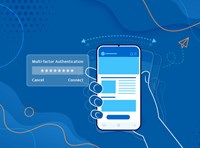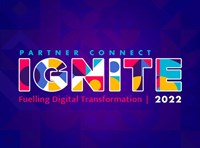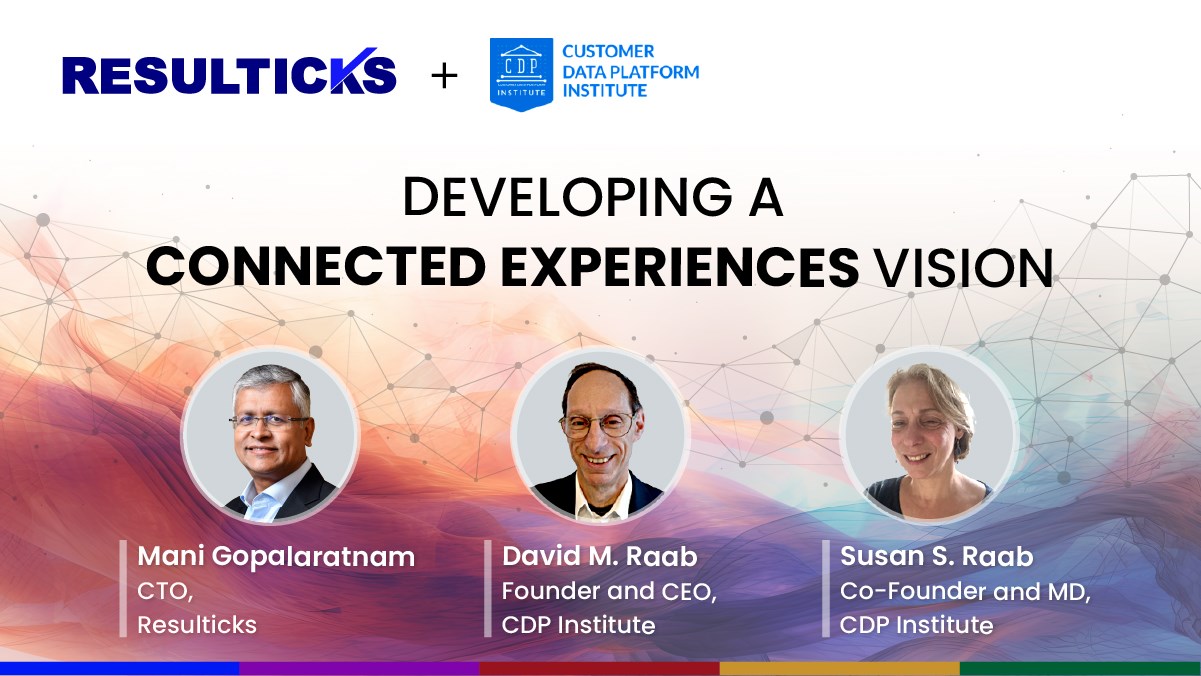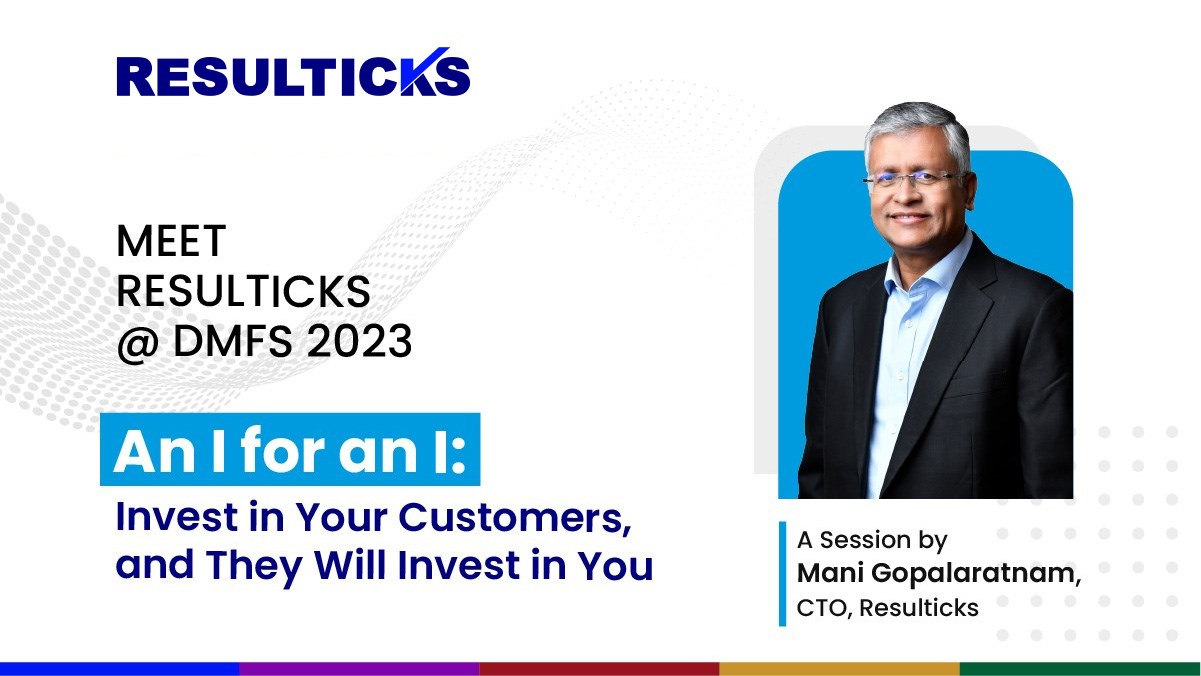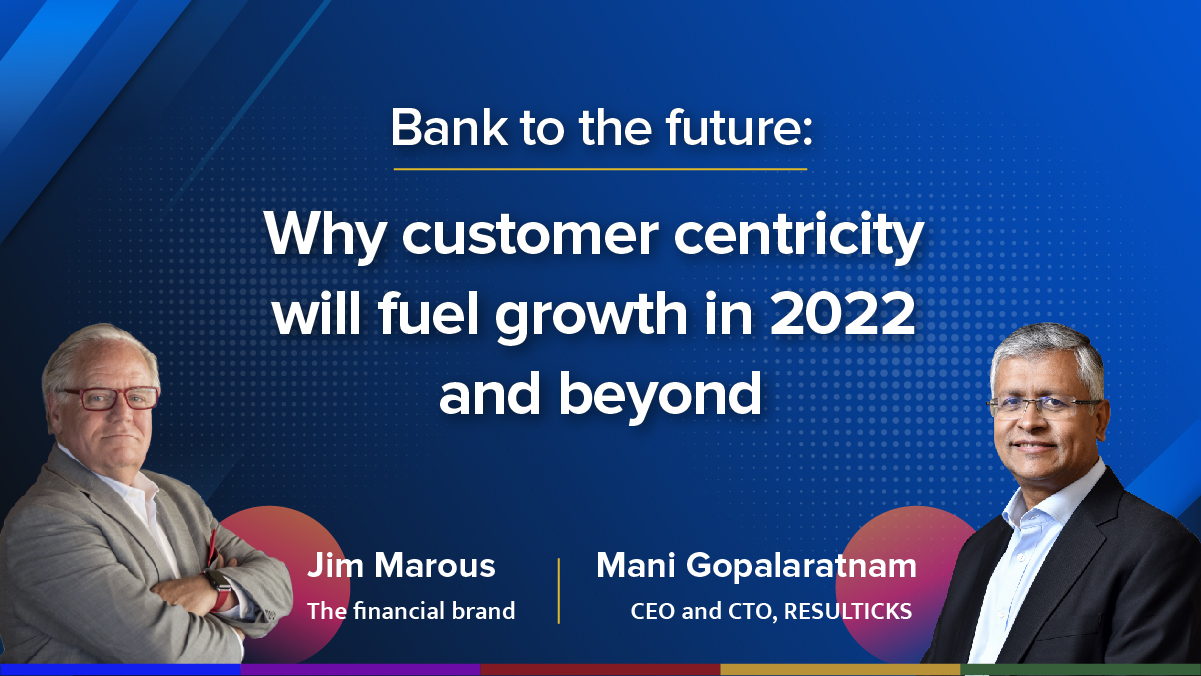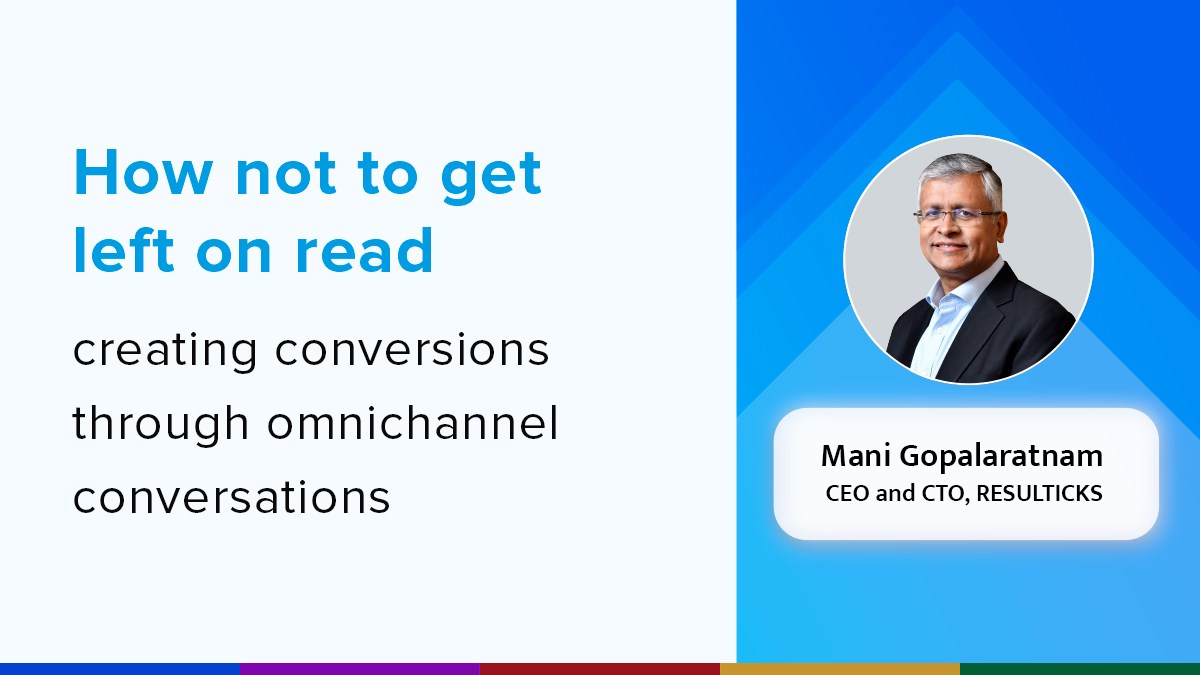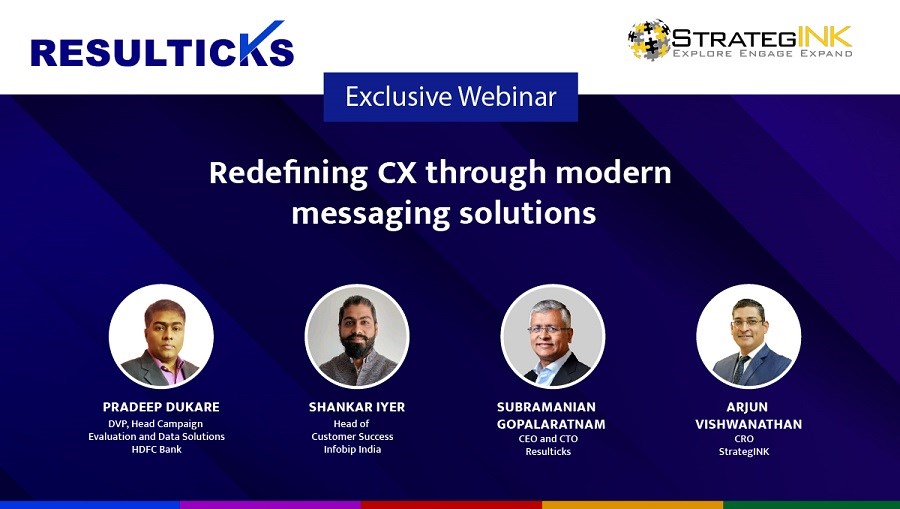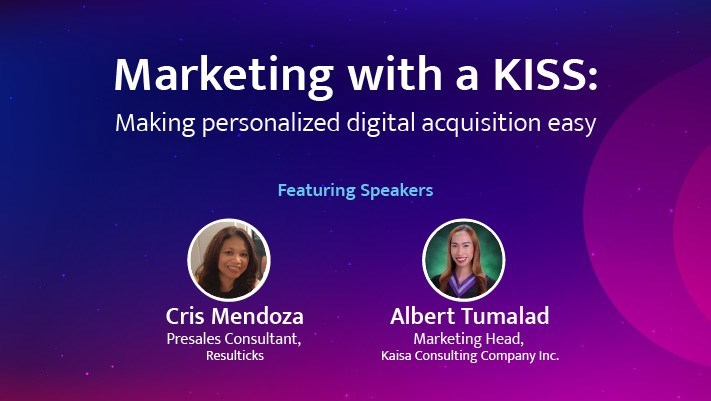The COVID-19 pandemic has forced most CMOs to rethink and revise their marketing strategies and spends across the board. According to a Gartner study, 65% of CMOs and marketing leaders have already braced for moderate to significant budget cuts due to pandemic-related disruptions.
With every penny either questioned or eliminated from marketing budgets, marketers must suddenly face the challenge of stretching every bit of the marketing dollar, to do more with less. Marketers have to either justify the return on ad spend or face elimination of previously allocated budgets.
Common pitfalls that erode ROI
Incorrect targeting, lack of targeting strategy, and targeting the wrong channel are just some of the reasons marketers struggle to prove the efficacy of allocated budgets. Let’s take a closer look at the consequences.
Targeting the same prospect multiple times can be more damaging than not doing so at all. Depending on the industry you are in, it is best to target prospects anywhere between three to seven times, with one ad impression per day. Seeing the same YouTube ad in rapid succession from three to five times on the same day can prove very annoying to prospects in a hurry to get to the content they really want.
Targeting the customer on the wrong channel leads to low click-through rates (CTR). Most advertisers achieve less than 1% CTR for a YouTube or banner ad.
Targeting an existing customer with an ad for a product already purchased seems to be the deadliest ad-targeting sin. It not only squanders ad spend, but also erodes brand credibility very quickly.
Maximize impact with audience suppression
Audience suppression or removal of specific prospects or customers from your target segments can help improve campaign performance and ultimately ROI. You can do this in two ways.
Stop sending ads to customers who have already purchased the product you’ve advertised. A prospect that recently became a customer will obviously not be in the market for the same product for some time to come. For example, a customer who purchased a car insurance policy will likely not look for the same coverage for at least a year unless, of course, they want to insure another car. In that case, you should wait for that individual to get back in-market via some inbound activity. Similarly, a leisure traveler will most likely not return to the same vacation spot and stay in the same hotel within a short period of time. Some products like home appliances, furniture, and high-end electronics may by nature fall into the one-time or very infrequent purchase category. Failing to recognize this and sending ads to such customers will not only waste ad money, but will make the customers feel like merely one among the herd, that the brand doesn’t really recognize or care about them as individuals.
Stop sending ads to prospects who have seen the ad many times. This should take into account relevant downstream action like visiting your website, downloading the product brochure, or requesting a quote even if the prospect still has not taken action. Often, this signals that your prospect is not yet ready to make the purchase. By retargeting that individual on paid channels, you not only misuse precious marketing resources, but also interrupt the prospect’s online browsing time, which can be an irritant. Who doesn’t get annoyed when shown the same ad day after day, sometimes several times on the same day, on YouTube? The agony only multiplies with non-skippable ads.
Audience suppression challenges
Not having a real-time customer data platform is one of the key challenges faced by marketers. Other challenges include:
- Cookie-based tracking. Cookies have a short shelf life, and most retargeting techniques are cookie-based.
- Customer data not updated on real-time. Marketers can’t identify which targeted customers have converted and then suppress them from the audience segment.
- Customers searching online and buying offline. Brands that lack the capability to track offline conversions end up continuously targeting, sometimes after purchases have been made.
- Customers visiting the website from multiple devices. If the identities of these customers are not linked, there’s a chance they will still see an irrelevant or redundant ad in one of the non-linked devices.
How to address audience suppression
Audience suppression can be facilitated through the Smart Duo, Resulticks’ proprietary technology enabler. The Smart Duo comprises the Smart Link and a one-line SDK enabling the recognition of unknown audiences, nurturing them to known prospects, and converting them to identified individuals.
Whenever a first-time visitor visits the website through any paid channel enabled by the Resulticks Smart Link, the Smart Link hands over the data to the SDK on the landing page. The data include details of the campaign, customer journey, channel origin, and device fingerprint.
The SDK then tries to match the data within the database to check for records that might have similar data attributes. Resulticks’ campaign management module allows for setting rules to suppress ad targeting to existing customer records or set up a frequency cap rule to ensure the same prospect or customer does not see the ad more than a certain number of times. This is a win-win for the brand and the prospect or customer.
To know more about how the Smart Duo works, click here or request a meeting.





